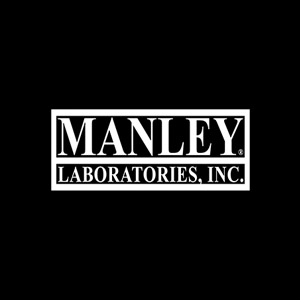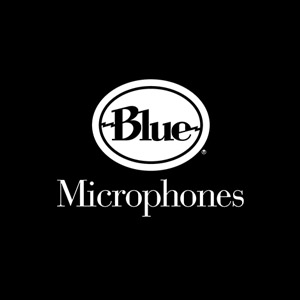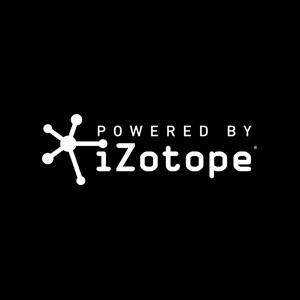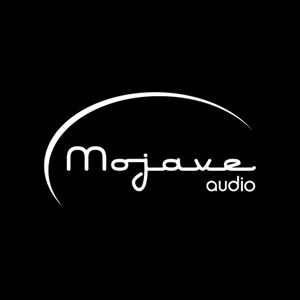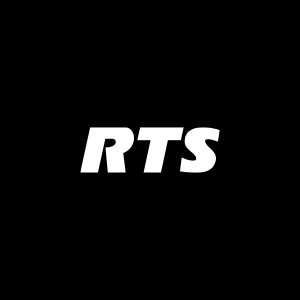If you weren’t looking closely, you might have thought you were in one of NBC Sports’ Game Creek remote-production units in the compound at the Phoenix NASCAR races in mid November. The 42-ft. expando unit was connected to the other trucks via MADI and fiber, and its Studer Vista 5 console would have been familiar to many A1s. But, instead of the usual cramped audio compartment found in most remote-production vehicles, this one was the size of a Manhattan apartment, able to seat a dozen onlookers on chairs attached to the wall opposite the mix position.
There were other clues that this wasn’t your typical field production rig: a 60-in. video monitor above the desk and a second one to the right drew in content from a GoPro camera that covered a disembodied set of hands working on a Calrec console somewhere else. If you stepped outside the thickly padded walls of this trailer, you’d hear the roar of the races at the Phoenix International Raceway a short golf-cart ride away. But inside, immersed in the sound of the race and listening to exactly what the broadcast A1 was hearing in a truck a few yards away and linked by a strand of fiber, you were in a classroom, one that many in a part of the industry populated by those old enough to remember black-and-white TV hope will foster the generation behind them.
Getting Onsite
The remote unit was created by the Conservatory of Recording Arts & Sciences (CRAS), a pro-audio academy with two campuses in greater Phoenix. It made a high-six-figure investment in the remote-production vehicle to give its students the most realistic sense of what it’s like to mix a live sports show.
“The immediacy of live sports, the sense that you have to get it right every second — you can’t teach that in a conventional classroom,” says CRAS owner/Administrator Kirt Hamm, whose pickup truck is often used to haul the trailer to regional sports venues, including several Arizona Diamondbacks’ home games, and now to NASCAR venues and in the near future to Phoenix Suns games.
Thanks to interaction with Fox Sports, ESPN, and NBC Sports A1s and tech managers, the school’s students — at least, during the broadcast-audio phase of the curriculum, one of 12 in an 11-month term — can watch the network A1 mix a show on the video monitor and hear the same signals come up on the CRAS unit’s console, where they can create their own (non-broadcast) mixes during an actual telecast. The raw audio feeds are recorded to a computer running Apple Logic Pro and archived for students to practice remixing at school later.
Inside, two full MADI streams — up to 128 channels — bring in all the event’s audio, including in-car sound and comms. Built by BMS Navigo to CRAS’s specifications, its gear list comprises the Studer Vista 5 with extended meter bridge, two MADI cards, two Dante cards, and various analog and AES I/O; an RTS Zeus III+ communications frame with various KP-32 and KP-12 keypanels; and a JBL 5.1 monitor system using LSR6325P nearfield speakers and an LSR6312P subwoofer. There are three Vizio 60-in. monitors in the audio-control room. A smaller video-control room, built to act as the main production-control room during simulations away from a venue, houses a pair of JVC ProVerite monitors as well as Blackmagic ATEM 2M/E switcher and 40×40 video-hub router.
The Next Generation
CRAS’s remote unit is the most graphic manifestation of the broadcast-audio program instituted in 2013, based on a curriculum developed by Fox Sports audio consultant/Senior Mixer Fred Aldous, who encountered the school when he took a Pro Tools class there in 2011. As easily as the remote unit fits in with the network trucks around it, its interior as closely matches the acoustical esthetic in the school’s campus classrooms, right down to the circular clouds above the mix positions. It creates a sense of a continuous traverse between school and the real world, one that those already in the A1 chairs consider necessary to accelerate development of the next generation of broadcast-sports mixers.
“Most of us doing this today are from a certain era, in the same age bracket,” observes Denis Ryan, who has been mixing NASCAR for 23 years and, that weekend, mixed the races for both Fox Sports (the Camping World Truck Race Series) and NBC Sports (the Xfinity Series and Sprint Cup races). “Where the next generation is coming from is a big concern. When ESPN took on some freelancers as staffers, I think that was part of their recognition that the pool is shrinking. Today, you have more sports productions than ever and more full-time sports networks, but the pool of available [mixers] is shrinking.”
It was Ryan’s hands that the students followed on the video monitor, watching as he responded to director and producer instructions and to events on the track. He later came in to visit with the students, answering questions and discussing techniques.
He and others, such as Shawn Peacock, NBC Sports comms manager on the NASCAR show, also get a kick out of coming up behind a student at the mix position and unexpectedly barking a string of directions at them, much like the real ones constantly streaming through the comms speakers in the trailer’s ceiling. But that’s only to heighten the realism they’re experiencing.
“It creates some tension,” says Peacock. “We joke about it, but we do it with some purpose. If they walk into this job for real, they’re going to feel that same tension. This place is like a cockpit simulator: you get to feel what it’s really like.”
As good a simulation as CRAS’s remote unit offers and as pressing as the problem of fostering a new generation of broadcast-audio workers is becoming, the biggest disconnect lies with the networks, which many say haven’t done enough to develop a resource for the future and aren’t that welcoming to those who don’t already have experience mixing live sports at the network level.
Aldous, who currently acts as a consultant to the school, says that, although some at the executive level at the major sports networks have recognized the looming shortage of qualified technical talent for field productions, awareness remains limited and little action is being taken to find and groom the next generation of A1s. Part of the problem, he says, is that networks remain wedded to the summer-internship cycle, which usually sees interns return to school for fall terms. And, say others who’ve watched that process, most students at large state schools with broadcast curricula tend to pursue on-air talent positions, not backstage technical ones.
“CRAS graduates students every three weeks” after a year-long course of study, creating a rolling source of entry-level workers. Says Hamm, “The challenge is setting up the system to be able to take in interns year round.”
Complicating the picture is the cost of taking interns on the road versus having them in fixed facilities, such as broadcast studios and plants. “Sports teams have farm clubs that nurture young players until they’re ready to be brought up to the major leagues,” Aldous points out. “The networks need the same thing for their technical teams. What CRAS is doing with their remote unit can be a big part of that.”
Waiting To See
It’ll be a while before the effect of CRAS’s remote unit can be seen on recruitment. The school sees internships as the key to transitioning to full-time employment and has had some successes, such as 2015 graduate Billy Reardon’s new engineering position with Englewood, CO-based Mobile TV Group, whose Director, Business Development, Nick Garvin specifically cites the CRAS experience as central to his hiring.
Hamm is candid about the difficulties he encounters in breaching sports networks’ hiring walls. “Placing interns in music production is something we’ve been doing for a long time now,” he says, referring to the course of study that has been at the core of the school’s curriculum for three decades. “Doing that in broadcast is harder.”
But the students who experience it suggest that it’s already having an impact on them.
“This last Saturday, I was given the most incredible opportunity I’ve ever had in my lifetime,” reports student Daniel Stephenson. “Having this opportunity has led me down a completely different road than when I first showed up to the Conservatory. From the intense moments of hearing the director call, ‘camera one ready, take one,’ then immediately switching to a camera halfway down the console and having to pull one fader down and push another up simultaneously, to getting the hang of it quickly and learning how to maintain yourself during stressful situations, it made for a memory I’ll never forget as long as I live. … I left knowing that I now want nothing more then to be an A1 at some point in my life.”
Another student, Ian Espinoza, saw what few others whose education experience is limited to a conventional classroom could. “I never understood how much time and effort these workers put in for just one single event, to just tear it all down and do it again. … Everyone is focused, and everyone is working as a team. … After seeing all of it put together, the way teamwork and the communication is key to making all this happen, I can fully appreciate live broadcasting as a whole and everyone involved, and I can definitely see myself working in this industry.”







